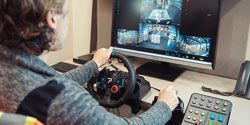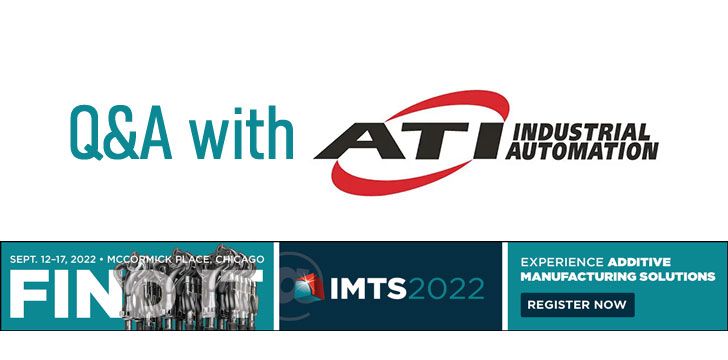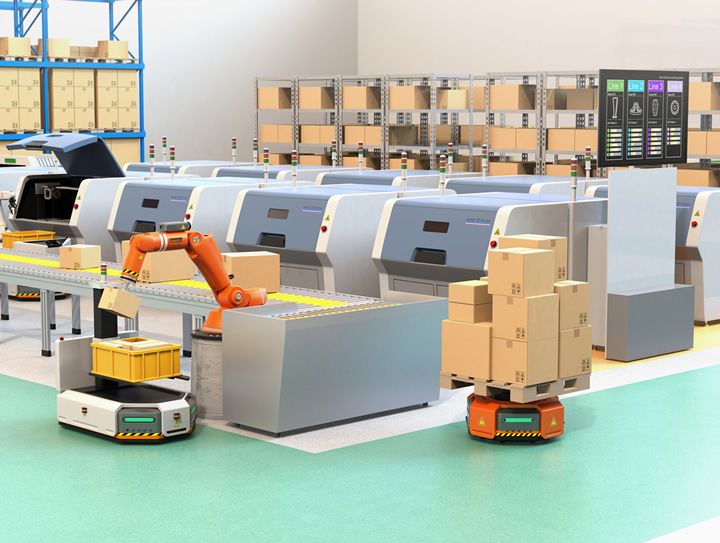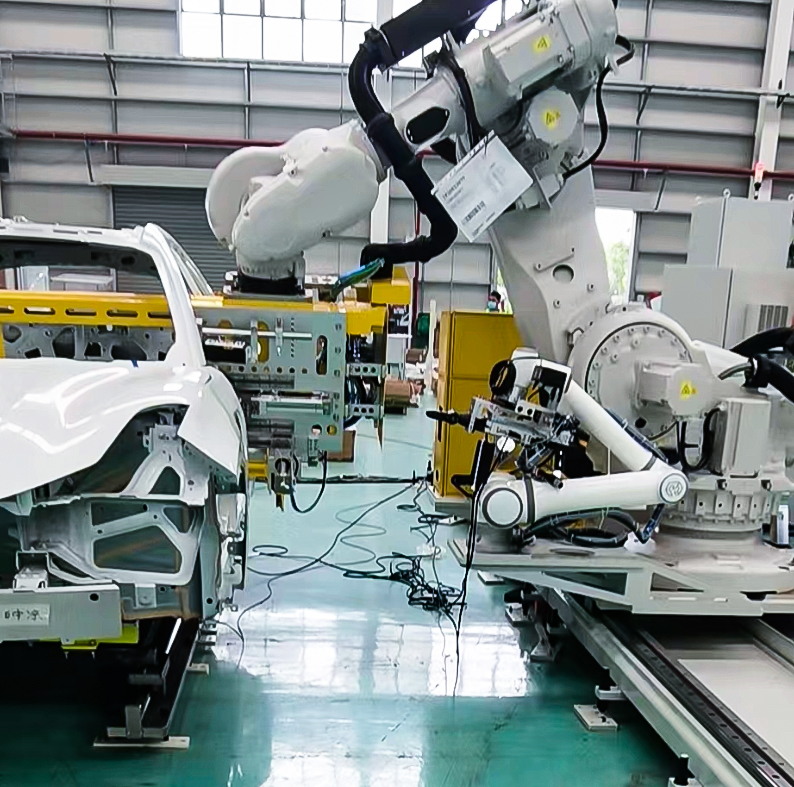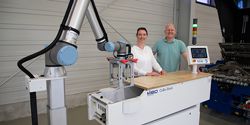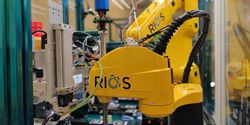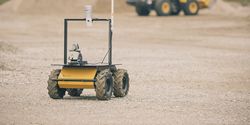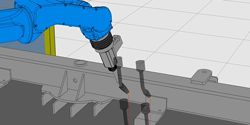Improving Materials Processing With Robotics
2022 Top Article - Using Remote Operation to Help Solve Labor Shortage Issues in the Supply Chain
2022 Top Article - Wireless Charging Enables Industry 4.0 Implementation with Mobile Robots
Solving Challenges in Machine-Robot Coordination
Designing a Resilient Autonomous Robot for Harsh Environments
ATI Industrial Automation at IMTS 2022
HEIDENHAIN at IMTS 2022
How Autonomous Robots Drive ROI in the Internet of Things
Industrial Robots Vs (or With?) Cobots
Actuator Technology in Robotics Applications
The Importance of Investment in Robotic Automation
What's the Difference Between AGVs and AMRs?
High Performance Inertial Sensors for Robotic Systems
Making Robotic Programming Easier for the Fabrication Industry
Wireless Charging Technology for Autonomous Robotics
Records 16 to 30 of 142
First | Previous | Next | Last
Featured Product



